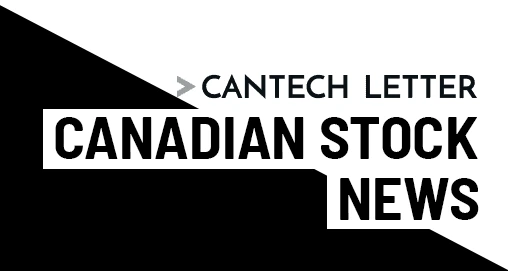
This was a very slow week for tech news – News was dominated by rumors – which developed into speculation and then into “fact” Apple was going to start manufacturing cars. Why the world’s largest company, which operates a business model involving subcontracting, would want to enter a low margin, capital intensive business is probably be not asked.
Apple said to be targeting car production as soon as 2020
As noted in our summary, tech news was dominated by rumors, which were breathlessly enhanced by speculation based on wild ass guessing, that Apple would be entering the car business. Frankly, I believe it would be a stupid move, but experience has show that you should never eliminate the possibility of an acquisition or business decision by a tech company simply because it makes no financial or strategic sense. This is particularly true of companies with large cash balances who generally prefer to blow the money rather than give it all to shareholders.
“Apple Inc., which has been working secretly on a car, is pushing its team to begin production of an electric vehicle as early as 2020, people with knowledge of the matter said. The time-frame – auto makers typically spend five to seven years developing a car – underscores the project’s aggressive goals and could set the stage for a battle for customers with Tesla Motors Inc. and General Motors Co., both of which are targeting a 2017 release of an electric vehicle that can go more than 200 miles on a single charge and cost less than $40,000.”
Why Tesla’s battery for your home should terrify utilities
Does nobody understand even basic electricity? Let’s see 10 kilowatt hour battery for two days, that’s 208.3 watts per hour, roughly the load of a desktop PC, or four lights, per hour. Mind you, the average US household uses almost 30 kwhr per day so maybe this is for doghouses. And all that for the low, low price of only $3,000 (http://cleantechnica.com/2014/11/03/solarcity-tesla-storage-system-cost/). Grid scale batteries have some potential if, as, and when, durability and cost are dramatically improved and that sure isn’t going to come with Lithium Ion batteries.
“SolarCity is also running a pilot project with 500 homes in California, according to the company’s director of public affairs, Will Craven. The project uses Tesla’s 10-kilowatt-hour battery packs and can power homes for about two days in the event of an outage, Craven says.
____________________________________________________________________________________________________________________________
This article is an excerpt. You can subscribe to the full version of The Geek’s Reading List here.
_____________________________________________________________________________________________________________________________
1.2B Smartphones Sold In 2014, Led By Larger Screens And Latin America
We continue to believe that the smartphone pricing will come under considerable pressure as the market is largely saturated and the devices themselves have reached “feature saturation” meaning there is only minor incremental benefit to a new device. This should have a profound impact on growth and large companies like Samsung and Apple will no be immune. As usual, we note that industry research should be approached with due caution.
“Apple is reaping the biggest rewards right now when it comes to selling its smartphones and other devices, but the overall picture for the smartphone market in the year ahead may be a little less rosy. According to the analysts at Germany-based GfK, in 2014 there were 1.2 billion smartphones sold, up 23% on the year before and crossing the billion-unit point for the first time. But they predict sales will slow down to 14% growth in 2015, working out to total sales of 1.368 billion devices. The reason? More countries are reaching their smartphone saturation point, and so the industry is looking ever more for growth in two places: emerging markets where smartphone adoption is still at an early stage; and among consumers flocking to buying newer models with larger screens.”
Russian researchers expose breakthrough U.S. spying program
One consequence of the Snowden/NSA revelations is that investigators are actually looking for malware in places in places they never would have considered otherwise. After all, previously, malware was assumed to be installed by criminals despite the best efforts of manufacturers whereas now it is clear that malware is often installed by governments with the cooperation of the large technology companies. The sad thing is that once identified, malware can frequently be used by people you did not expect to use it, including “real” criminals.
“The U.S. National Security Agency has figured out how to hide spying software deep within hard drives made by Western Digital, Seagate, Toshiba and other top manufacturers, giving the agency the means to eavesdrop on the majority of the world’s computers, according to cyber researchers and former operatives. That long-sought and closely guarded ability was part of a cluster of spying programs discovered by Kaspersky Lab, the Moscow-based security software maker that has exposed a series of Western cyberespionage operations.”
Leave a Reply
You must be logged in to post a comment.



 Share
Share Tweet
Tweet Share
Share




Comment